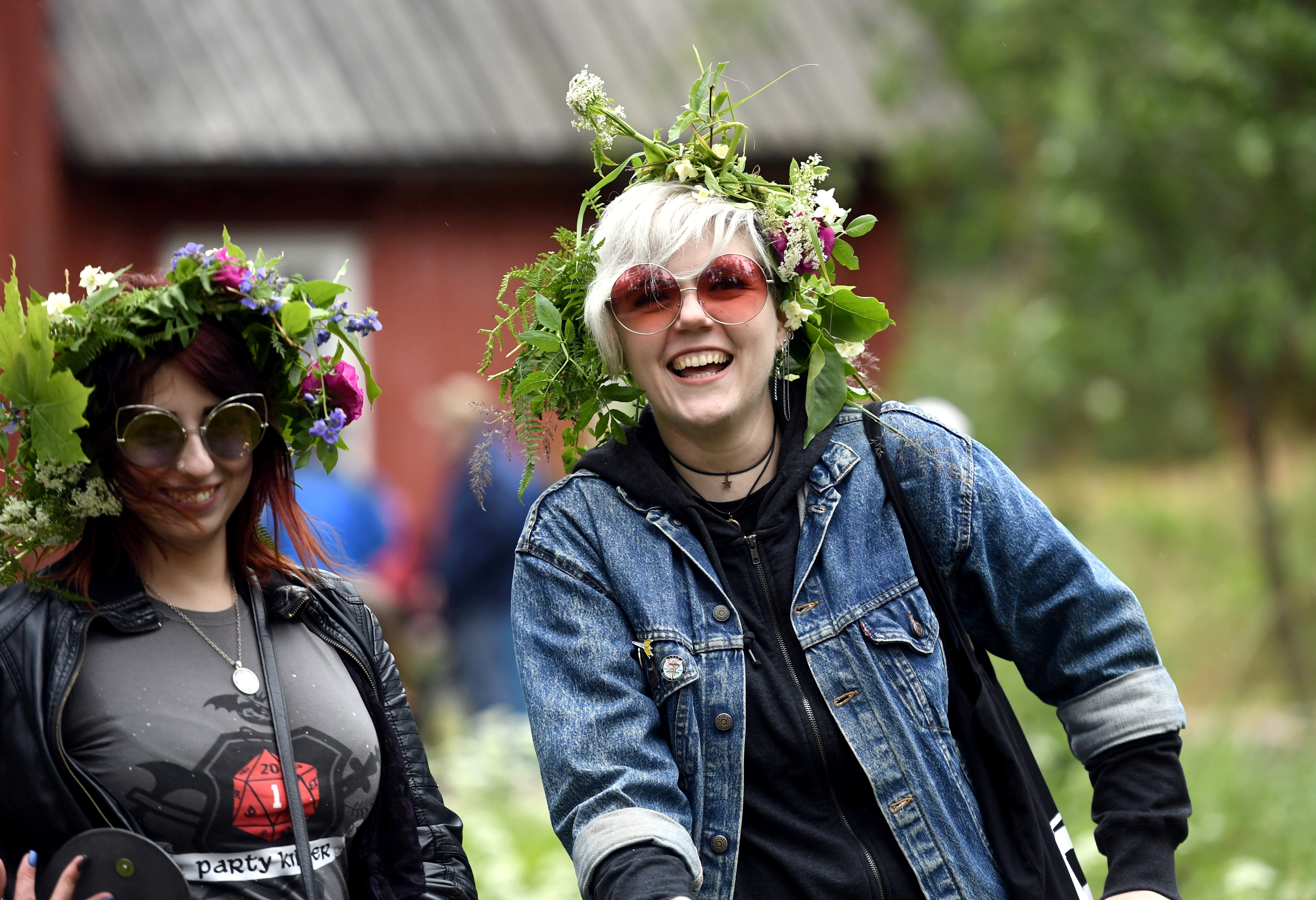
By Denis Dumo
JUBA (Reuters) – Severe flooding has hit South Sudan’s northern state of Unity, cutting off communities from accessing supplies of food and other vital commodities, a state official said on Friday.
More than 700,000 people have been affected by the worst flooding in the country for nearly 60 years, the U.N. refugee agency UNHCR said in October, blaming climate change.
In Unity, which borders Sudan, the floods have left a trail of food shortages, caused malnutrition in children and increased the spread of diseases such as malaria, said Lam Tungwar Kueigwong, the state’s minister of land, housing and public utilities.
Oil from the fields in the region had contaminated the water, he said, leading to the death of domestic animals.
The suffering caused by the floods, including food shortages and illnesses, is putting pressure on the health facilities, said international charity Médecins Sans Frontières, which operates in the area.
“We are extremely concerned about malnutrition, with severe acute malnutrition levels two times the WHO threshold, and the number of children admitted to our hospital with severe malnutrition doubling since the start of the floods,” MSF said.
For Nyatuak Koang, a mother of three boys and two girls, that concern is all too real for her after the floods forced her to move twice.
“We don’t have anywhere to sleep, we don’t have any mosquito nets and we don’t have material to cover our house,” she said.
Nearly a decade after South Sudan gained independence following a war, it faces the threat of conflict, climate change and COVID-19, the outgoing head of the U.N. mission in the country said in March.
Nearly all the population depends on international food aid, and most basic services such as health and education are provided by the United Nations agencies and aid groups.
(Writing by Duncan Miriri; Editing by Angus MacSwan)











